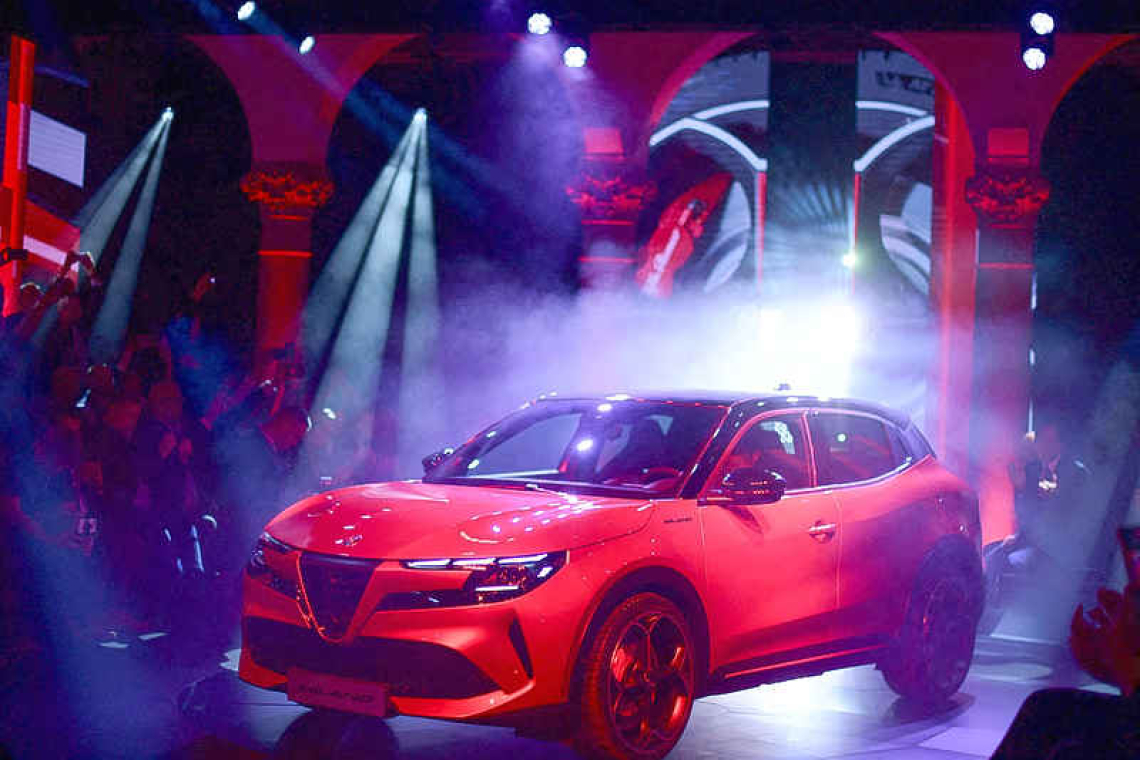MILAN--As Stellantis chairman John Elkann interviews CEO candidates, deciding how many of the automaker's 14 brands have a viable future is a significant priority.
The French-Italian company's sprawling portfolio - the largest among its peers, which mostly focus on one or two brands - reflects its origins in a 2021 merger of Fiat-Chrysler and Peugeot owner PSA. Shrinking it could reduce complexity and allow some marketing, development and sales functions to be merged.
But each brand - from bestsellers like Jeep, Ram and Peugeot to struggling DS, Lancia and Alfa Romeo - has its fans, making which to drop a difficult choice.In Europe, for example, where Stellantis is the second-largest carmaker after Volkswagen, its top-selling Peugeot marque had a market share of just 4.9% last year, or eighth position overall.
Low consumer recognition of the Stellantis corporate name, unlike rivals such as VW or Toyota, is another handicap.A source familiar with Elkann's thinking told Reuters the topic was a priority, and that any applicant for chief executive without an idea about the brands "is not the right candidate".
Former CEO Carlos Tavares often said traditional automakers faced a "Darwinian era" where the weakest would fail - while insisting all Stellantis' brands had a future.When Tavares was forced out in December, Elkann moved fast to rebuild investor confidence hurt by slumping sales and profit margins in the U.S. market, traditionally its most profitable, with the Jeep, Ram, Chrysler and Dodge brands.
The world's fourth-largest carmaker globally by sales has performed less well in Europe, while it closed a Jeep-making joint-venture in China almost three years ago and has no plans to push for a relaunch as opportunities there recede. The new CEO must "be ready to take strong decisions," said Fabio Caldato of Acomea SGR, which owns Stellantis shares.
"If I am not thinking with my heart, but as an investor, I would see it as very positive that the new CEO is determined to review the brand portfolio," he said.
Brands seen by analysts as vulnerable to a portfolio reshuffle include premium marques Alfa Romeo, DS and Lancia. Dodge and Chrysler are seen as survivors despite a less than stellar performance, as they have U.S. driver recognition and appeal to specific market segments.Automakers have traditionally dropped famous brands only reluctantly, as when GM axed Saturn and Pontiac and Ford its Mercury nameplate during the late 2000s recession.
In a statement to Reuters, Stellantis said each of its brands had plans for new products and that recent organizational changes were aimed at supporting them. "Stellantis is focused on providing even more choices to its customers, leveraging on the deep history and strong identities of its 14 brands," it said.
A Stellantis source said the portfolio's problems are known internally, but that individual brands' popularity in particular countries or segments meant it was not obvious which to cut. Jeep and Ram are Stellantis' U.S. best sellers, while Chrysler - now largely confined to the Pacifica minivan - and Dodge sold less than 150,000 units apiece in the country last year. Dodge's product lineup has dwindled to one muscle car, the Charger, along with a sporty crossover and one SUV.
Jeep accounted for at least 15% of Stellantis' global sales in 2024, according to Reuters calculations, and Chrysler and Dodge around 3% each. "If I were to have a magic wand ... I'd probably say Jeep should absorb Chrysler and Ram should absorb Dodge," said Erin Keating of research firm Cox Automotive.
"But you're not saving a ton of money," she added, as the four "each have their own brand equity," complement each other in terms of range and share the same dealers.
Stellantis was fifth in the U.S. market by sales last year, with an overall share of 8.1%, losing the No. 4 spot to Honda after price rises cost it clients, leading to the shock profit warning that precipitated Tavares' exit. Jeep ranked 11th as a single brand, with a market share just below 4%.
Keating said the company's focus now should be getting pricing back into line with what customers are willing to pay, a view also expressed by U.S. dealers."Let's figure out a way to build those iconic brands back," said David Kelleher, who has a Chrysler-Dodge-Jeep-Ram store outside Philadelphia.







